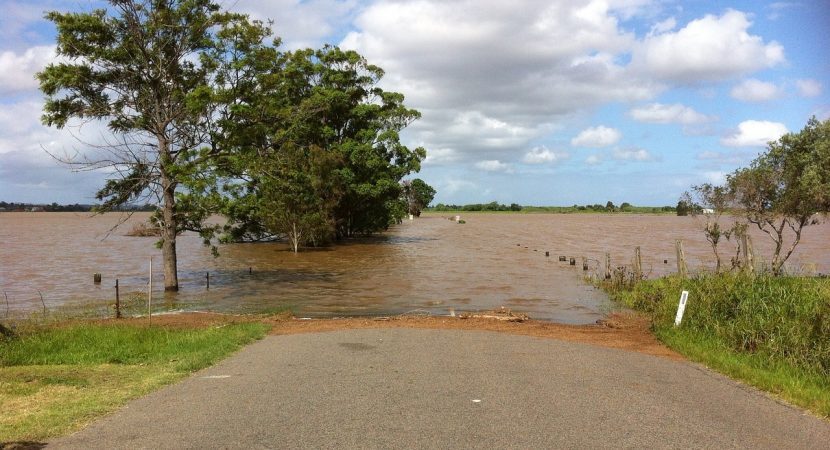Last Updated on
Floods are the most prevalent form of natural hazard in the world. In affected areas, flooding usually causes massive loss of property, and in severe cases, loss of lives. With adequate preparation, most of these losses are avoidable.
If you own a farm, flooding could potentially damage resources that have taken time and money to attain. For instance, the worst case scenario could result in the death of livestock and crops, as well as the destruction of farm structures. The best way of averting such losses is by employing preventive measures against floods.
The following are ways through which you can make your farm resilient to floods.
Know Your Flood Risk
Firstly, you should contact relevant authorities to get an understanding of the flooding patterns in the area where your farm is located. Here, you will get information such as the projected flood elevation to assist you in devising the most effective countermeasures.
Check your Sump Pump
Ensure that your sump pump is in prime condition and free of any clogging material. This is done by running water through it. Also, you should have a spare submersible sump pump in case the fixed one becomes faulty or clogged. If you don’t have one, you can buy it from Agron.
Additionally, the discharge hose should deliver the water far away from the farm structures, preferably in an area that slopes away from the house.
Diversion Canals
Flooding is essentially an accumulation of water due to poor drainage. Constructing diversion canals within your farm will improve drainage significantly and thereby lower the risk of flooding. The canals should be designed in such a way that they slope and redirect the water away from the farming area.
Move Hazardous Substances to Higher Ground
Flood water can turn poisonous if it comes into contact with hazardous materials such as farm chemicals, cleaning supplies, oil and so forth. For this reason, such substance should be moved to higher ground every time you anticipate a flood.
Avoid Confining Animals
Often, livestock survives floods if they are not confined in small enclosures. This only applies to mild floods. If the water rises rapidly, confined animals are likely to die from drowning. This underpins the necessity of having a functional drainage system since animals can comfortably swim in calm water but they can’t in fast-moving water.
Disconnect Power from Risky Areas
Water conducts electricity. This means that if live wires touch flood water, any living organism that contacts the water is vulnerable to electrocution. The best way of mitigating this risk is disconnecting farm structures located in flood-prone areas from mains electricity.
Practice Safe Emergency Procedures
If you know that your area is affected by perennial floods, you should prepare by practicing your conduct if such a hazard happens. This involves training farm attendants, family members, and any other people involved with your farm on the safety measures to undertake to prevent and deal with the effects of floods.


Reply